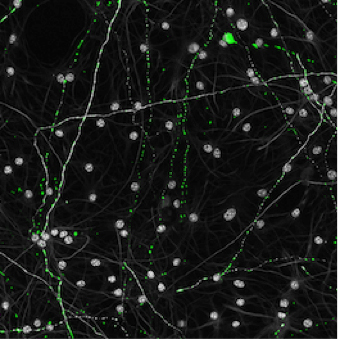Impaired energy production may explain why the brain is susceptible to age-related diseases
From https://www.salk.edu/news-release/impaired-energy-production-may-explain-why-the-brain-is-susceptible-to-age-related-diseases/
May 29, 2018
Impaired energy production may explain why the brain is susceptible to age-related diseases
By studying neurons generated directly from skin cells, Salk researchers showed the impact of aged mitochondria on brain cells
LA JOLLA—Defective energy production in old neurons might explain why our brains are so prone to age-related diseases. Salk researchers used a new method to discover that cells from older individuals had impaired mitochondria—the power stations of cells—and reduced energy production. A better understanding of the effects of aging on mitochondria could reveal more about the link between mitochondrial dysfunction and age-related brain diseases, such as Alzheimer’s and Parkinson’s. The work appeared in Cell Reports on May 29, 2018.
 Aged mitochondria (green) in old neurons (gray) appear mostly as small punctate dots rather than a large interconnected network.
Aged mitochondria (green) in old neurons (gray) appear mostly as small punctate dots rather than a large interconnected network.
Credit: Salk Institute
“Most other methods use chemical stresses on cells to simulate aging,” says senior author Rusty Gage, a professor in Salk’s Laboratory of Genetics. “Our system has the advantage of showing what happens to mitochondria that age naturally, within the human body.”
Mitochondria, small structures found within cells, are responsible for converting our food into chemical energy our cells can use. Defects in mitochondrial genes can cause disease, but researchers also know that mitochondria become less efficient with aging and can drive age-related disorders.
Previously, the Gage lab developed a method to directly convert skin cells into neurons (called induced neurons, or iNs). Most methods to create neurons from patient cells rely on an intermediary stem cell step (creating what are called induced pluripotent stem cells), which resets cellular markers of aging. But the Gage lab’s iNs retained signs of aging, including changes to gene activity and the cells’ nuclei, the team reported in 2015.
...
More at link.
